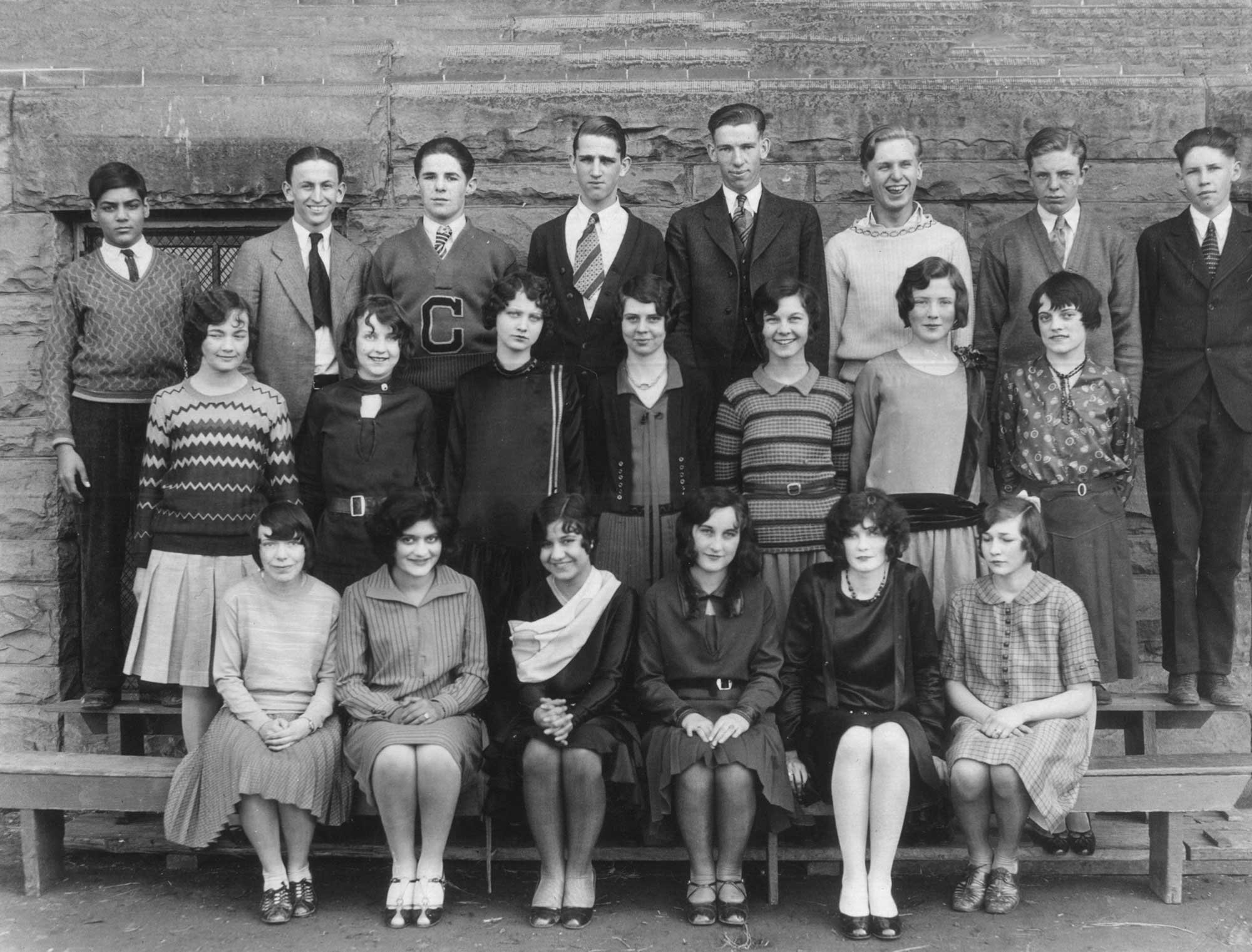
Year by Year at Judge
OUR LIVING HISTORY
The Early Years
The story of Judge Memorial Catholic High School began Nov. 27, 1901 when Lawrence Scanlan, bishop of the Diocese of Salt Lake, received a letter from a well-to-do woman named Mary Harney Judge. The widow of a Park City mining magnate, she informed Bishop Scanlan that she wished to establish a hospital and a home for aged and infirm miners.
Her late husband, John Judge, had been born in 1845 in County Sligo, Ireland. His parents, John and Annie Judge, had moved to the United States in 1846 because of the potato famine. Judge fought in the American Civil War, was wounded, captured, and imprisoned until the war ended. Afterward, he married Mary Harney, the daughter of Irish immigrants who had settled in Alexandria, Canada. They had four daughters and a son (Elizabeth, Frances, Agnes, Catherine, Frank). The Judges migrated in 1876 to Utah, where John worked briefly at the Territorial Prison before meeting fellow Irishman Thomas Kearns (his sister, Jenny, would marry Kearns). He became a partner with Kearns and David Keith in the Silver King Mine, the richest in Utah. Judge worked alongside his miners until he died of consumption on Sept. 14, 1892 at age 48.
Mary Judge was a good businesswoman. She invested well after her husband’s death, making money in Salt Lake real estate and on mining properties in Park City and White Pine County, Nev. Mary Judge built a home at 737 E. South Temple as well as the Judge Building on Main Street near 400 South in Salt Lake City. She also helped finance the Cathedral of the Madeleine. Judge gave the Diocese $100,000 to build the hospital, which Bishop Scanlan decided should be built on the Judges’ donated property between 600 South and 700 South from 100 East to 1100 East. The bishop hired David C. Dart to design the building, which was 225 feet long with a pair of 100-foot wings on either end. Built of “red-pressed brick with brown sandstone trim.” With four stories above the basement floor, the building included a reception hall, parlors, administrative offices, surgical wards and bedrooms.
The hospital opened in July of 1910, staffed by Sisters of Mercy from Los Angeles. It was dedicated Nov. 8, 1910 and was used as a place of worship until Our Lady of Lourdes Church was completed in 1914. The building had room for 300 patients, but “the hospital proved to be a casualty of the happy discovery that sufficient numbers of ailing or retired miners did not exist to sustain its existence,” said Diocesan archivist Gary Topping. The hospital closed its doors in 1915. It reopened three years later, but only for a month, when Salt Lake Bishop Joseph Glass turned the building over to the Red Cross to help cope with the Spanish influenza epidemic. After that crisis subsided, Bishop Glass and the diocese’s superintendent of schools, Fr. James Torsney, had the building remodeled into a school.
In September 1920, the school debuted as Catholic Grammar School No. One, or Judge Mercy. Grade-school classes that first year were taught by nine nuns from the Daughters of Charity of St. Vincent de Paul, led by their superior, Sr. Teresa. The nuns lived on the building’s second floor. They taught about 200 students in grades one through eight. Judge Mercy School graduated its first class from the eighth grade in June, 1921. At the time, it had approximately 200 students grades one through eight.
Many of those grade-school graduates enrolled three months later as freshmen in what was called Cathedral High School. Bishop Glass was eager to see it put into place, recognizing that those eighth graders would end up in public high school otherwise. “Bishop Glass saw to it that a first year of high school was added in 1921, with one more grade added each of the following three years,” wrote Frank Klekas, later to coach nearly every Judge sport in the 1960s, in his master’s thesis. Sr. Marie de Victoires Bognar was principal of the high school section that first year. The Daughters of Charity moved their operations to Price and were replaced by the Sisters of the Holy Cross in the 1922-23 school year. Sr. Vincent oversaw the elementary school while Fr. Joseph S. Keefe was the superintendent over the high school.
By 1925, there were 210 students in the grade school, 75 in the high school. And that first group of freshmen was ready to graduate. The Intermountain Catholic described the graduation as “epic,” even if the class was small – five boys and nine girls. “The motto of that year, ‘Finished but just Beginning,’ might well be applied to the little school at the time – finished with one class, but just beginning its long, glorious history.”
Bishop John Mitty changed the high school’s name from Cathedral to Judge Memorial in 1929 in recognition of the Judge family’s financial support of the diocese. In 1996, as part of the state’s Centennial Celebration, Mary Judge was one of 10 women honored by the Governor’s Commission for Women and Families and the Governor’s Office of Ethnic Affairs.
Reach out to Mike
If you look through your class materials and know of details that are missing, please reach out to me at gorrellmike77@gmail.com. But since memory alone can be faulty at times, I would ask that supporting evidence be provided.

